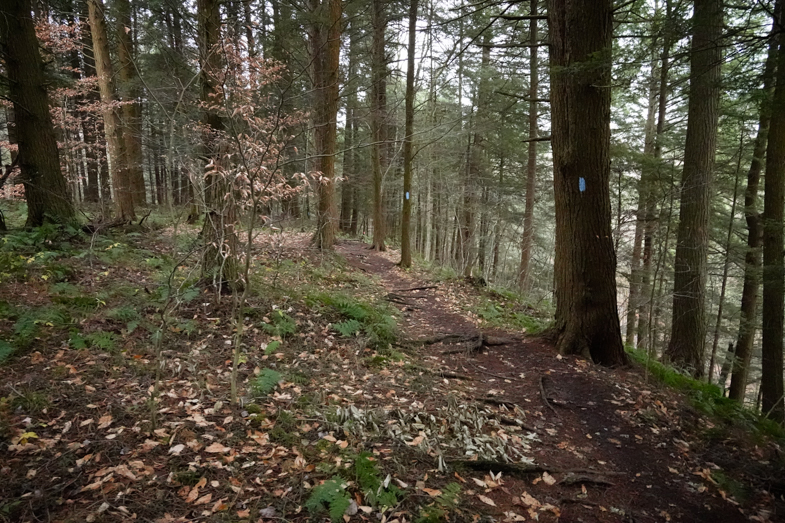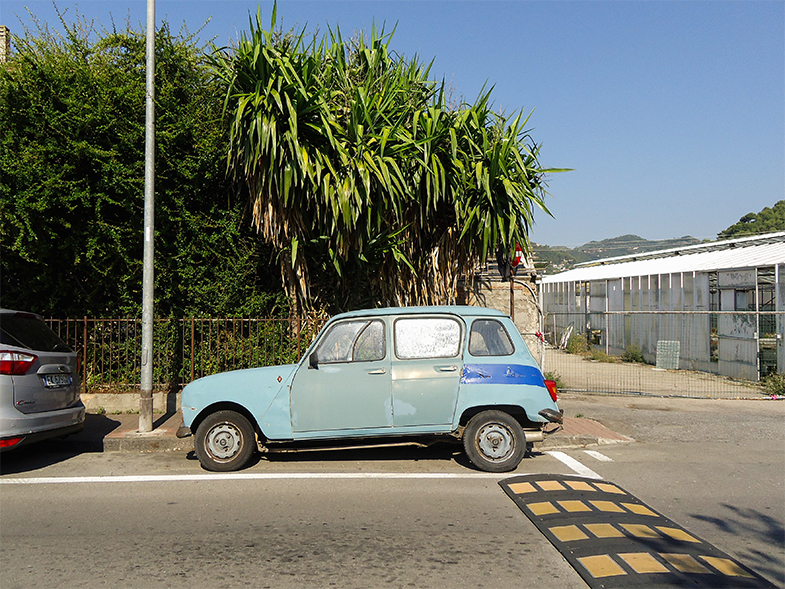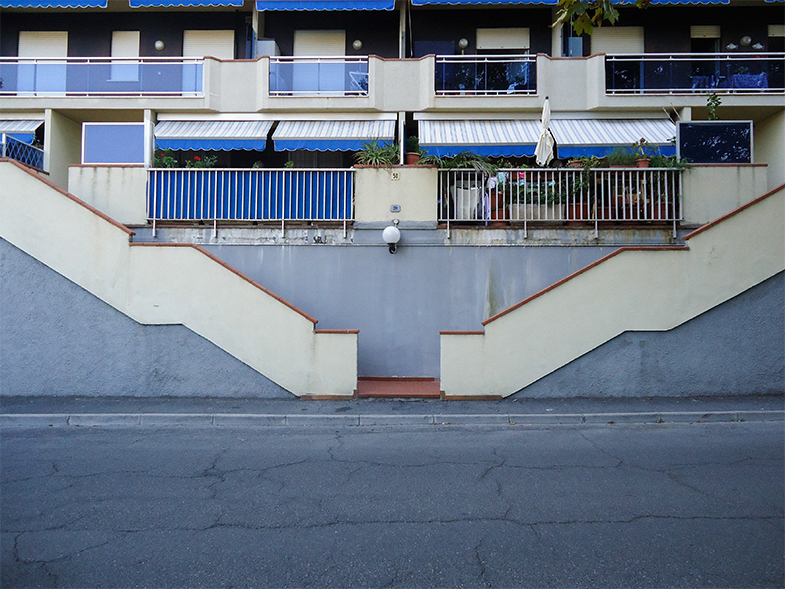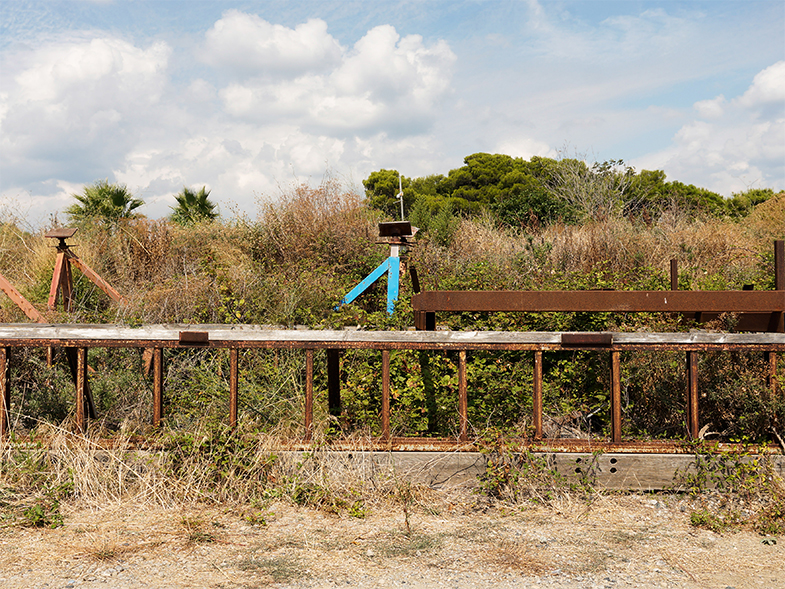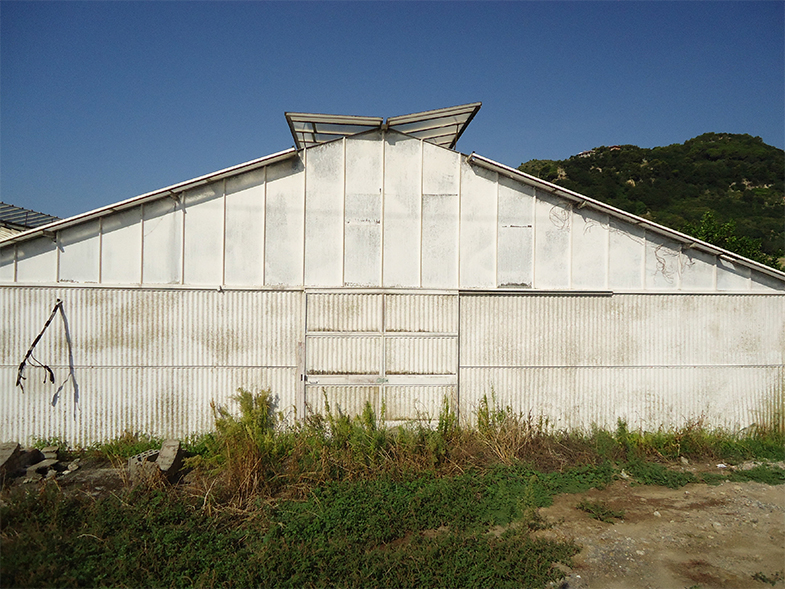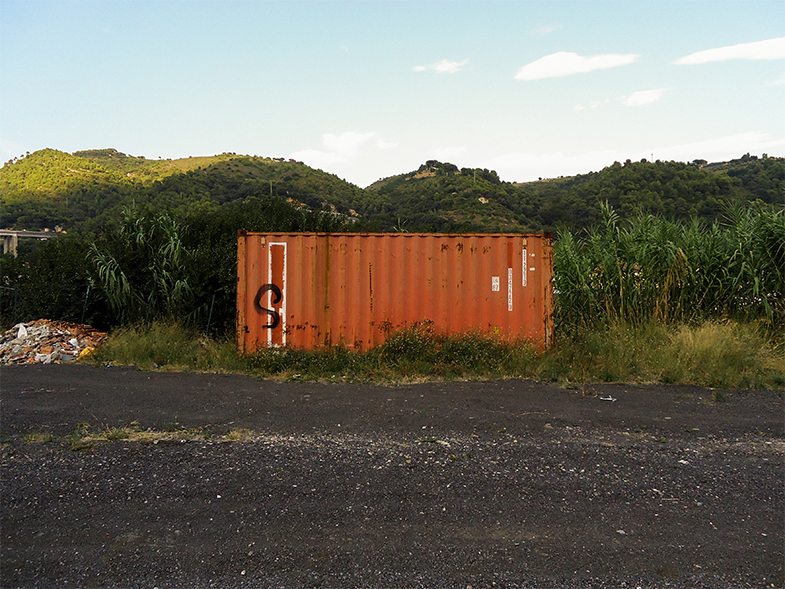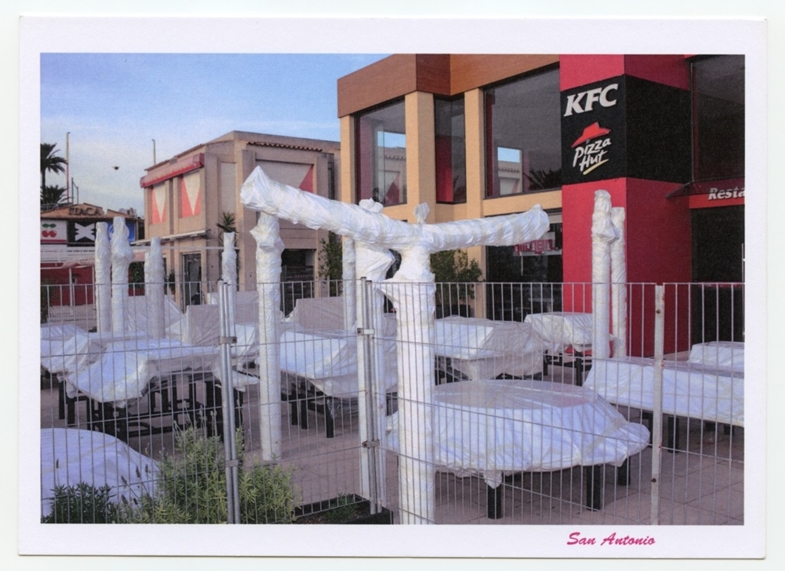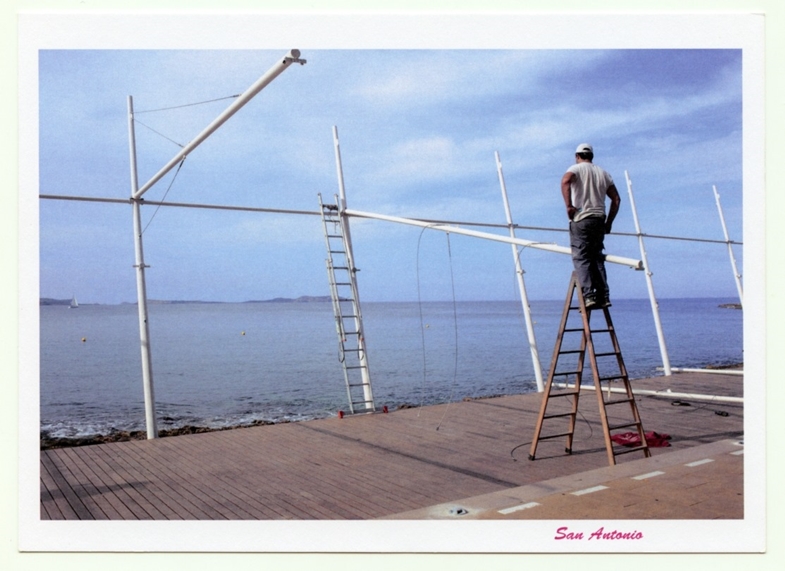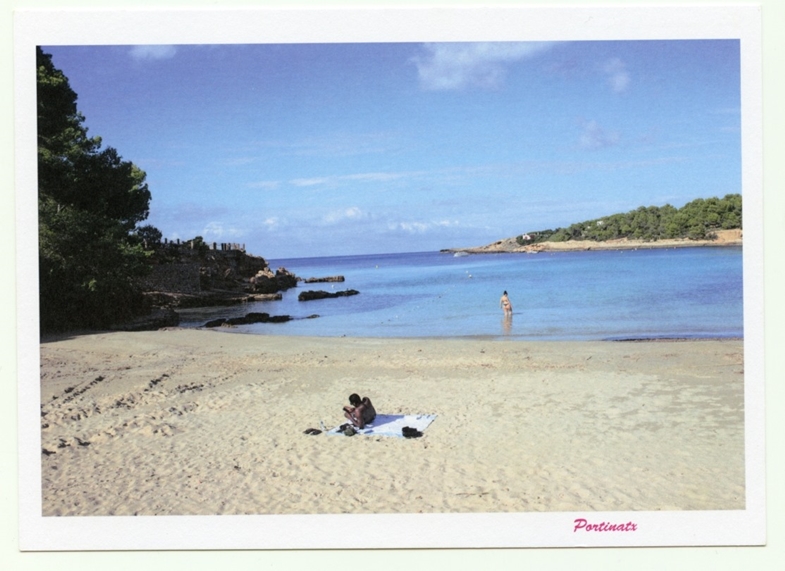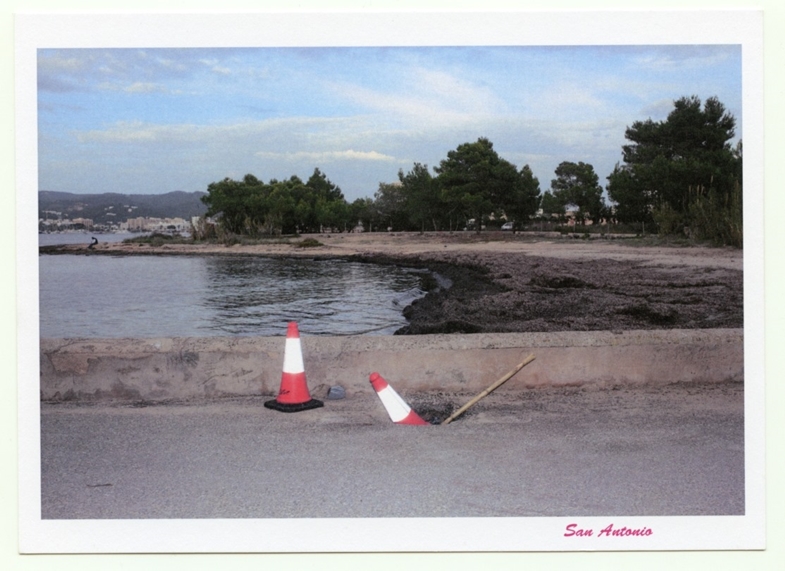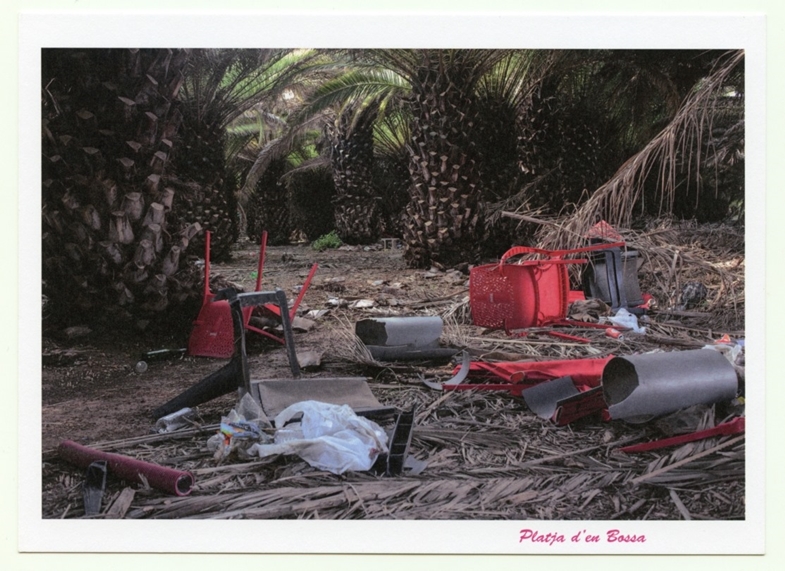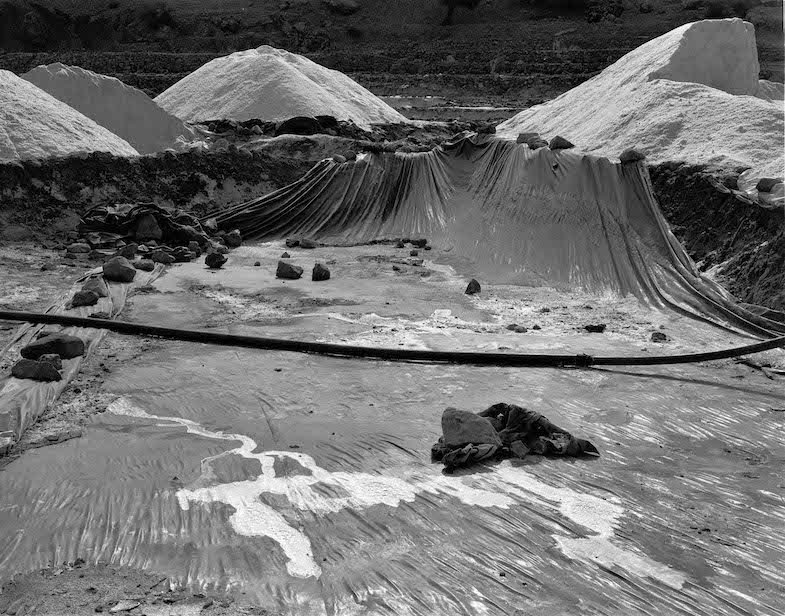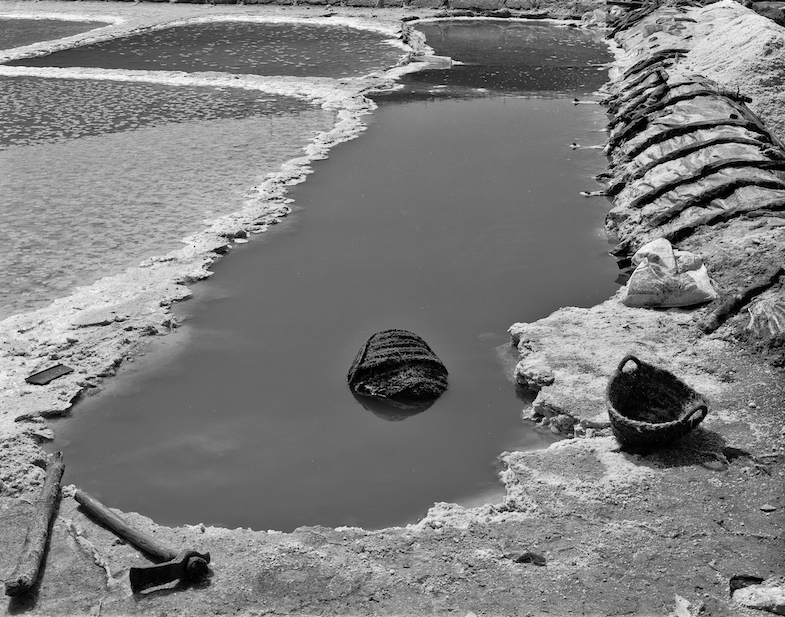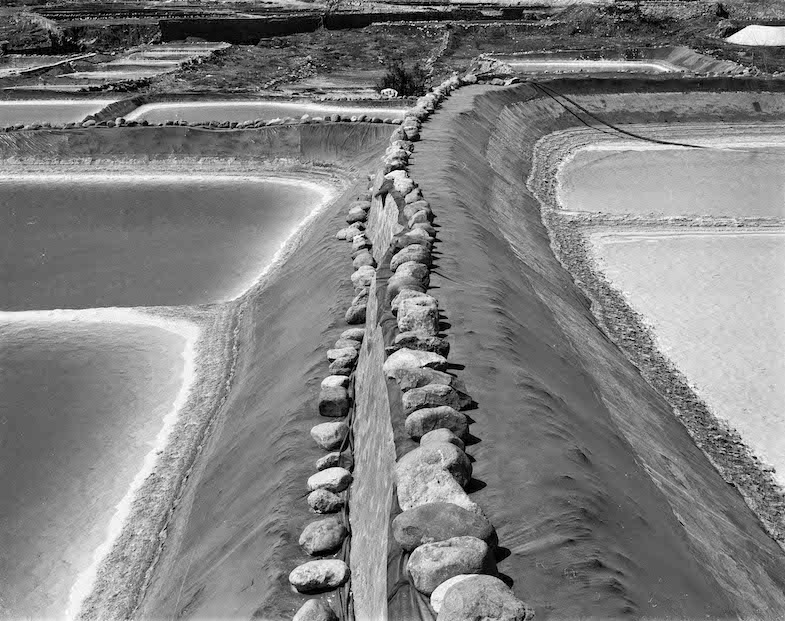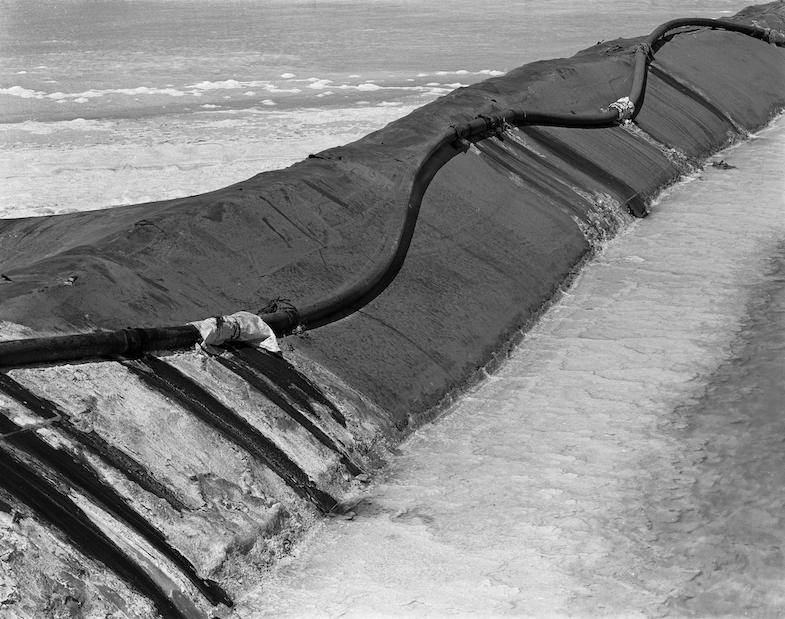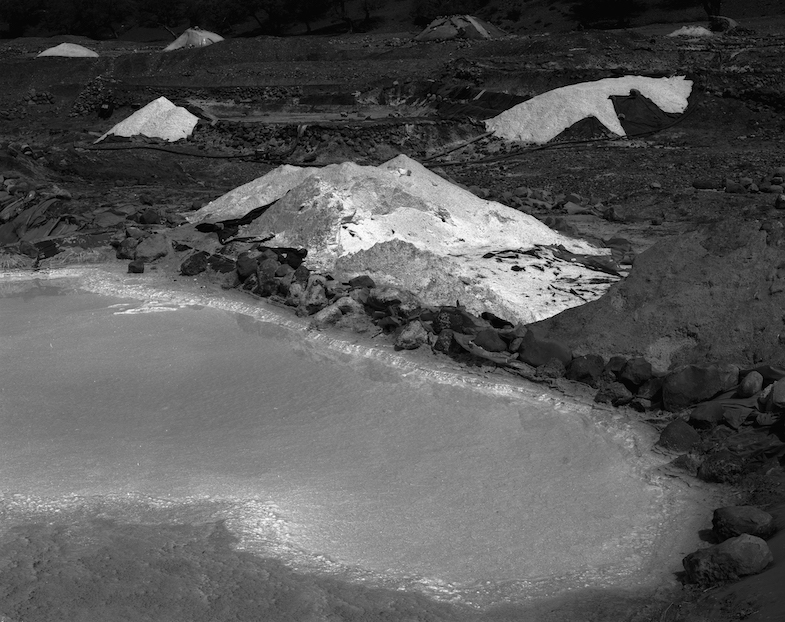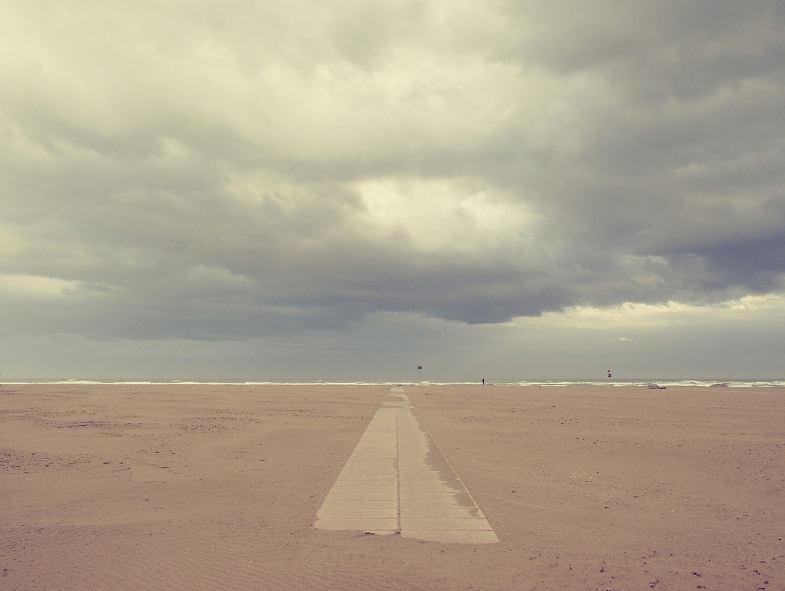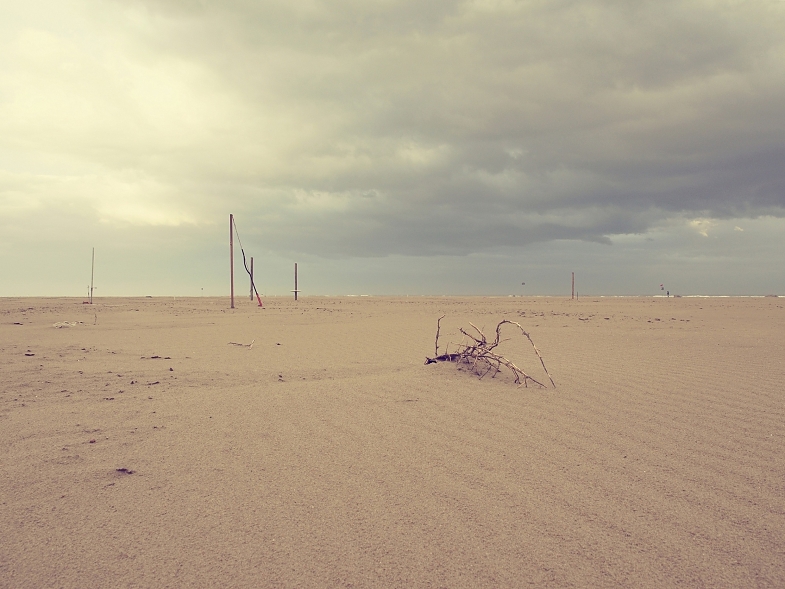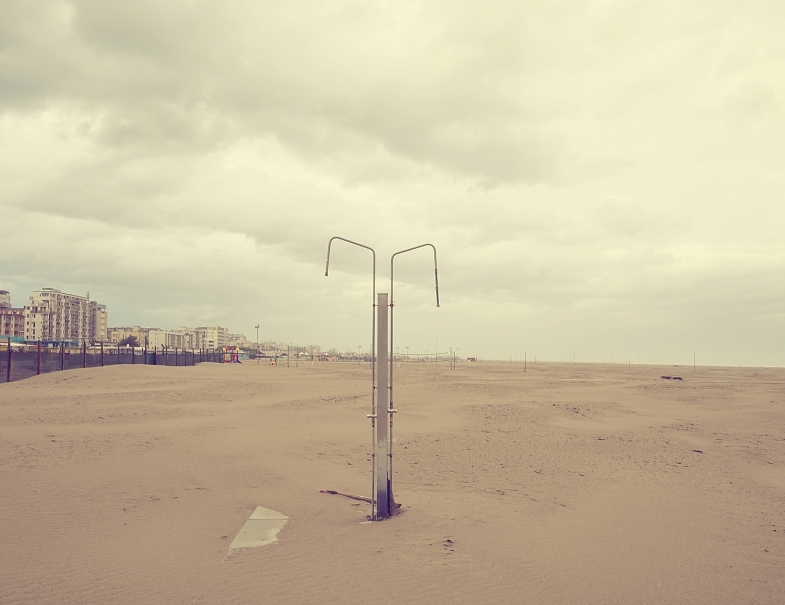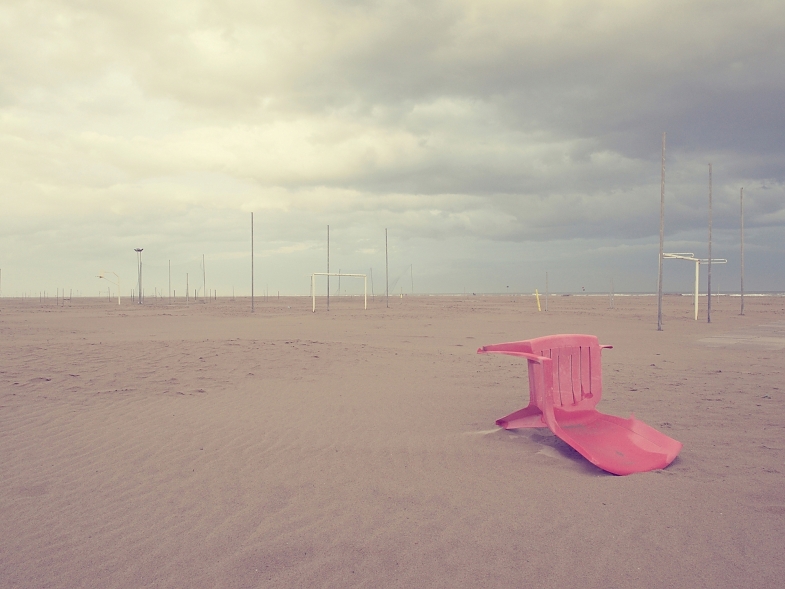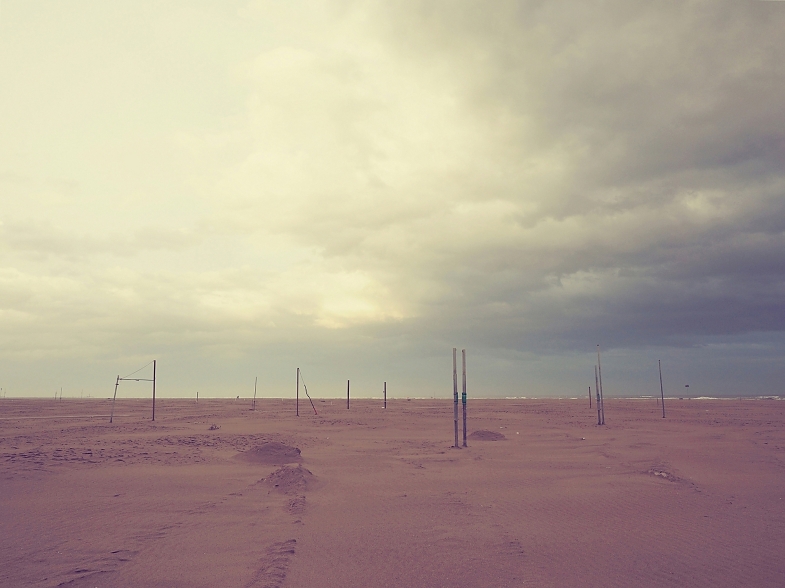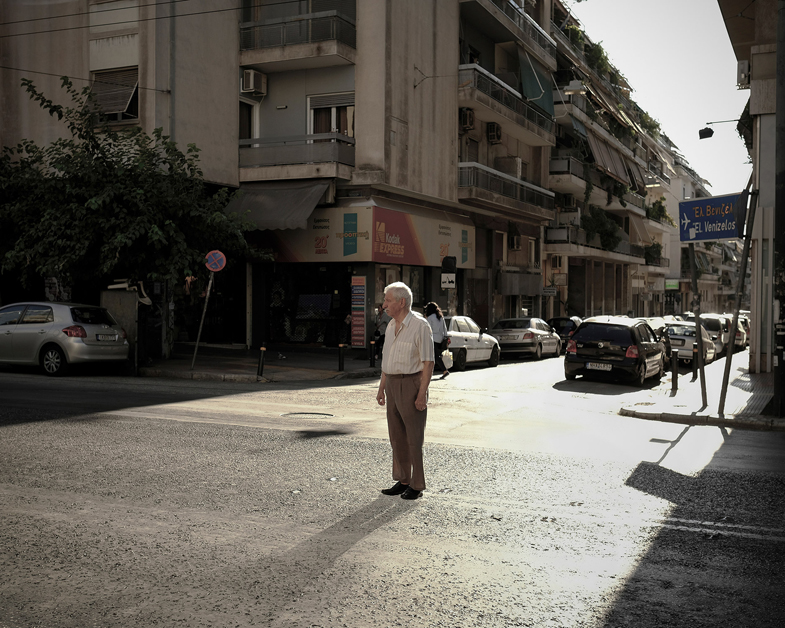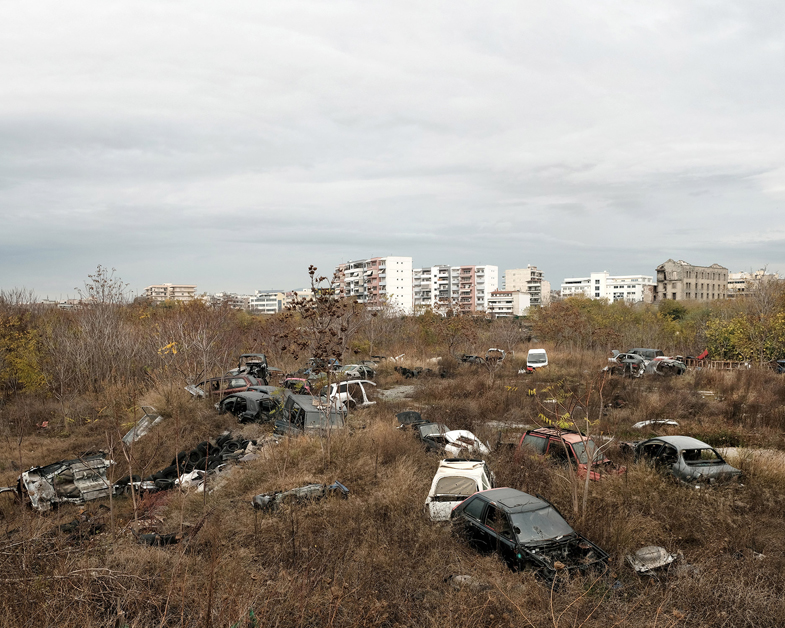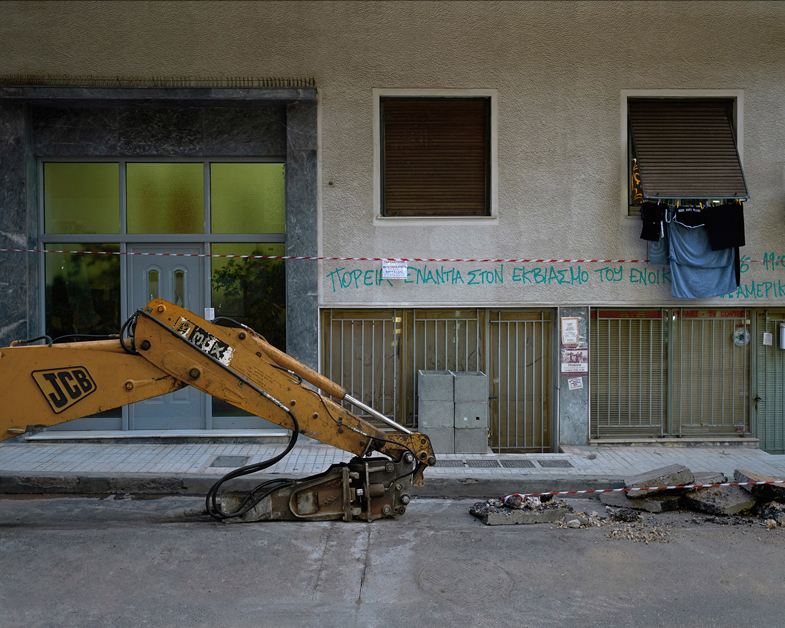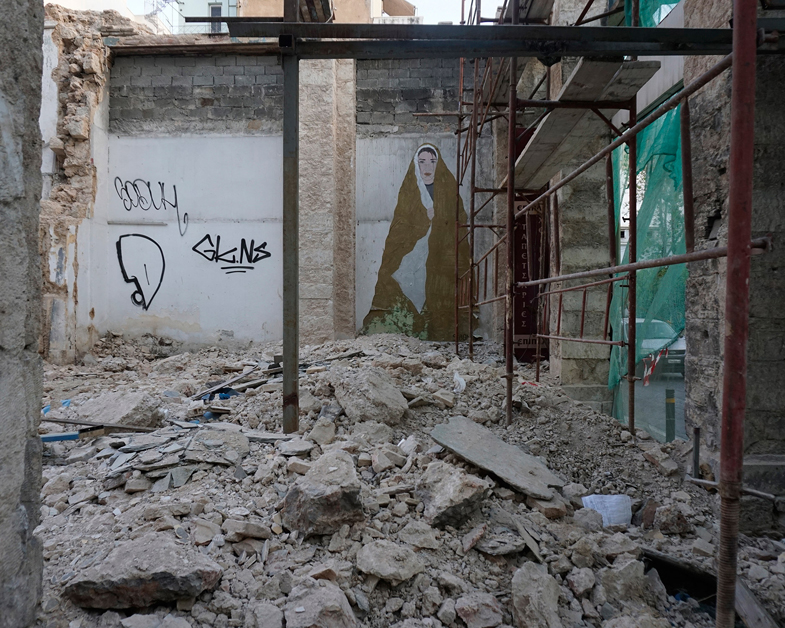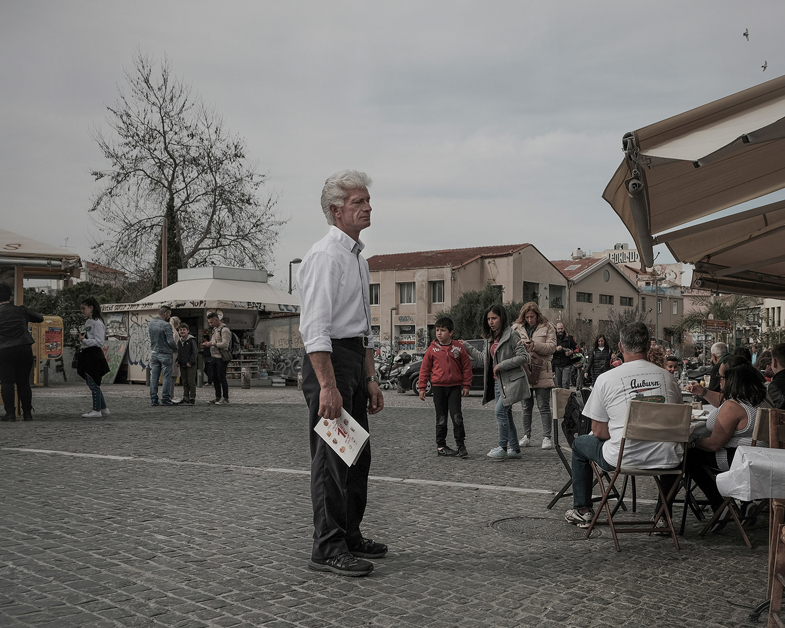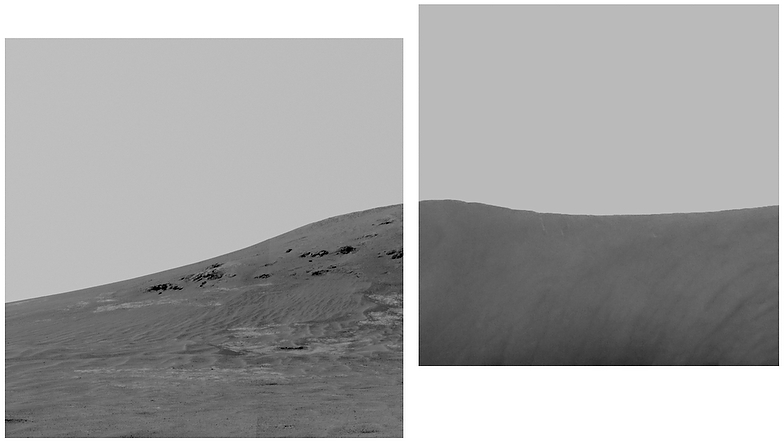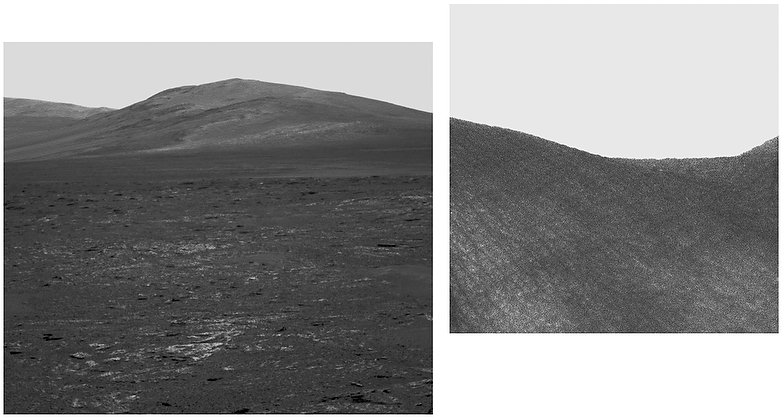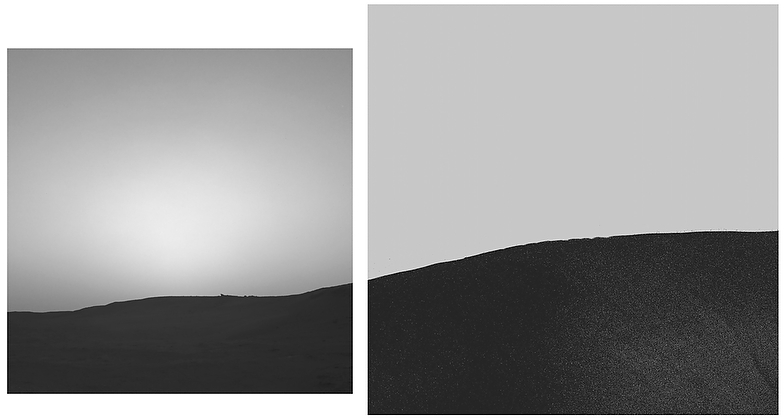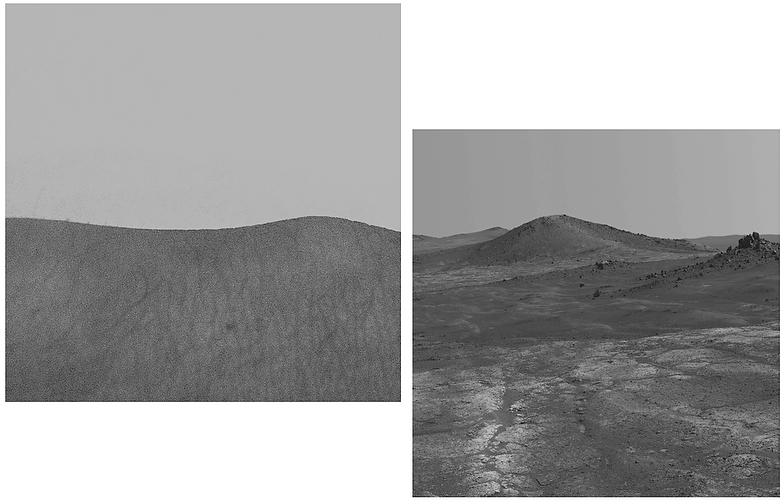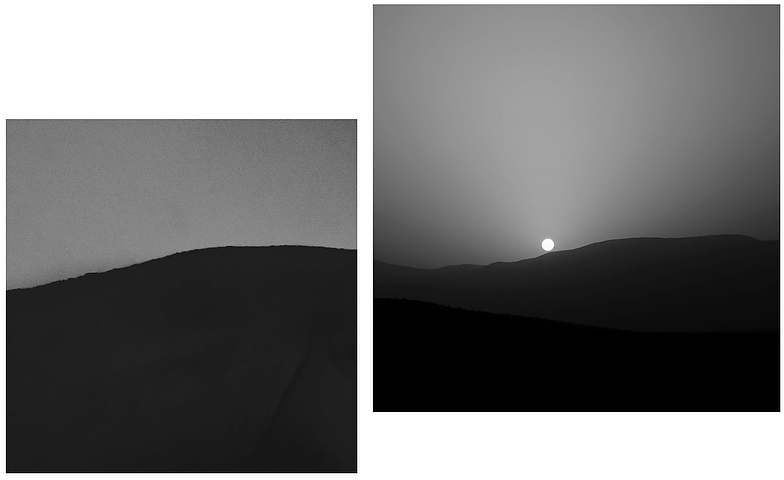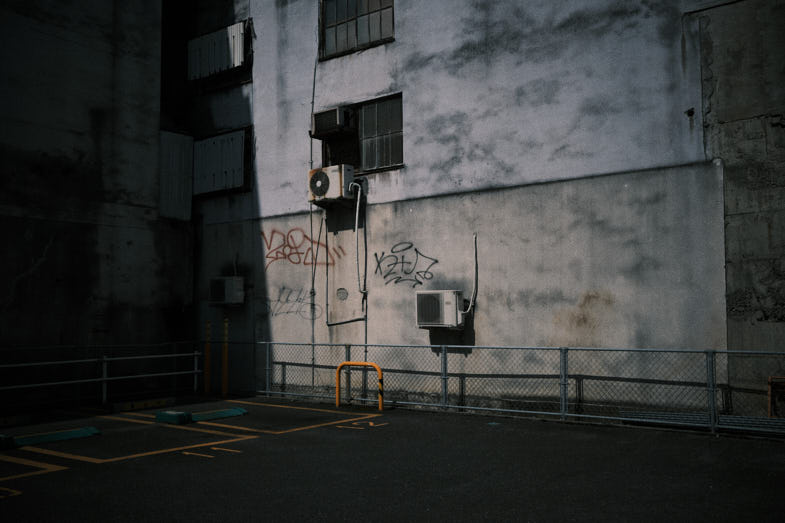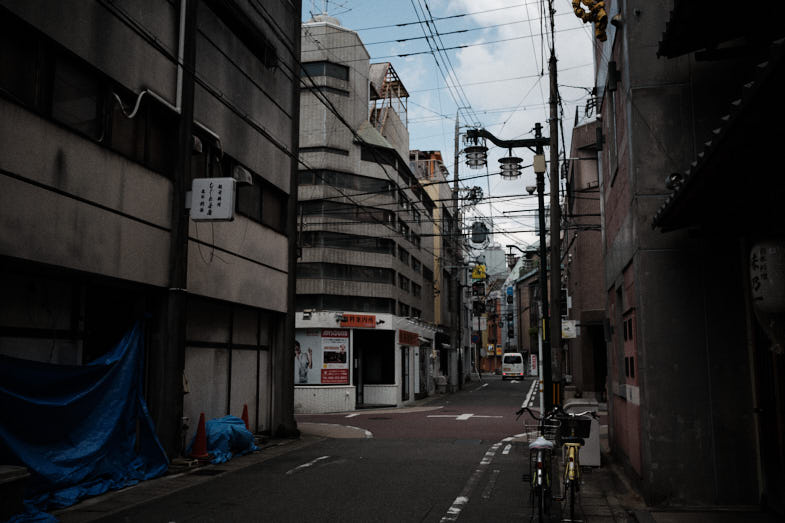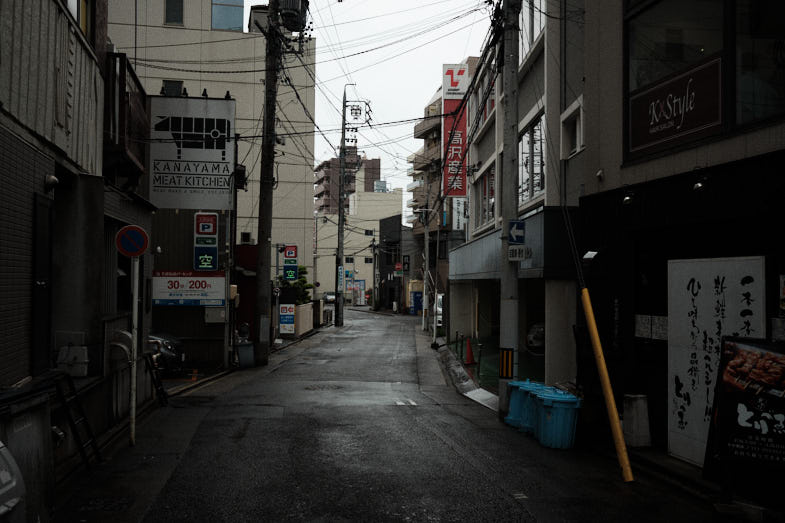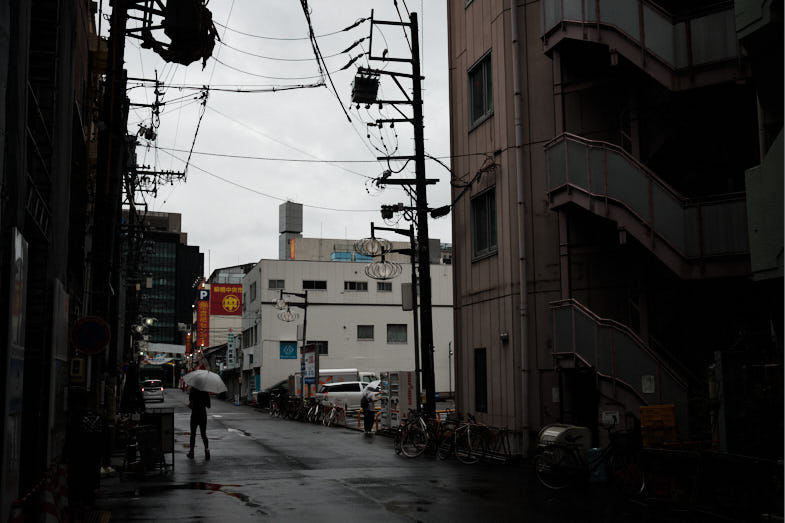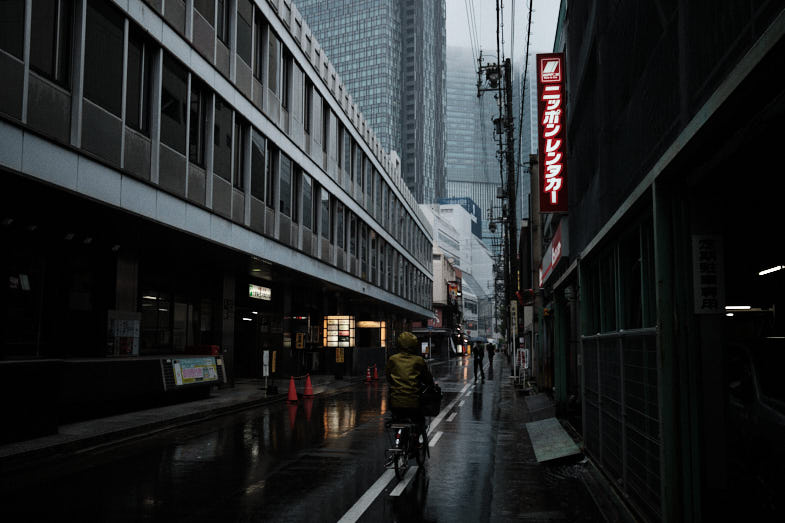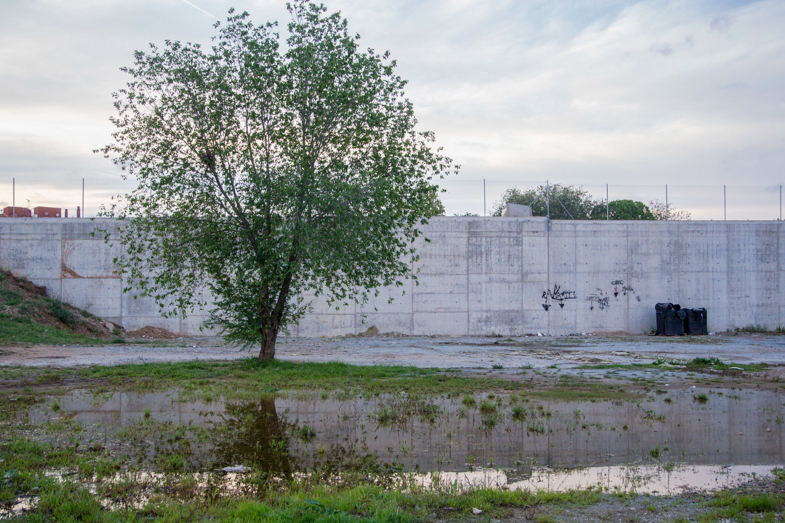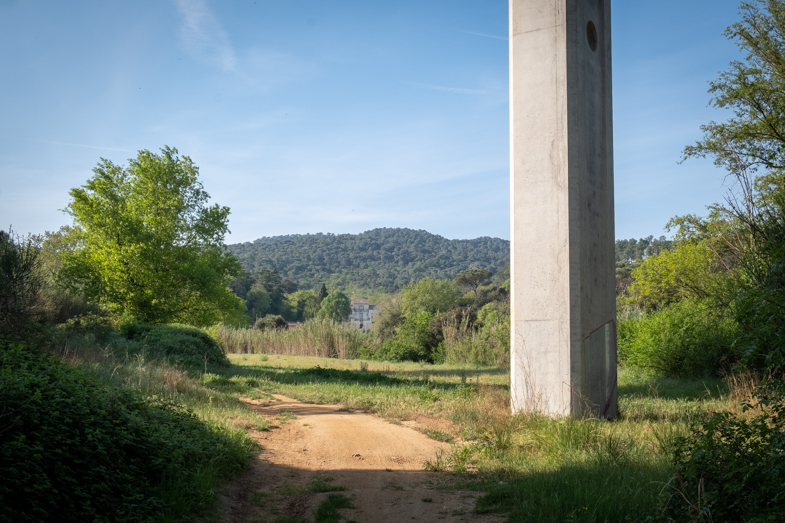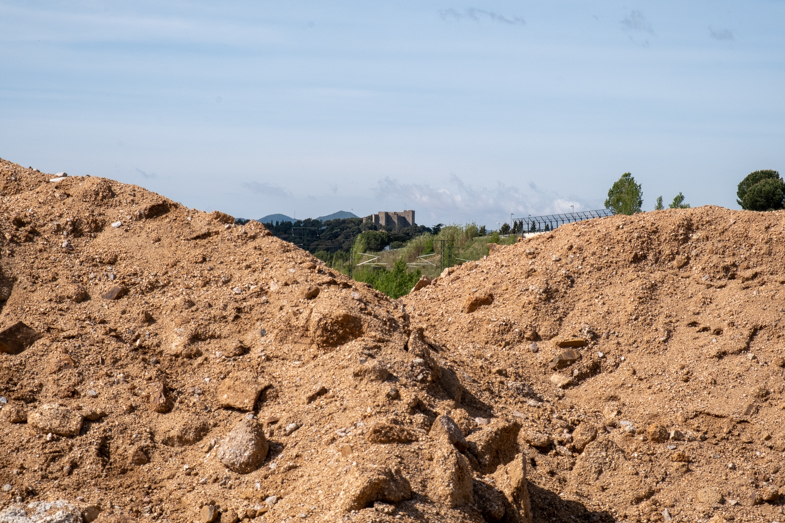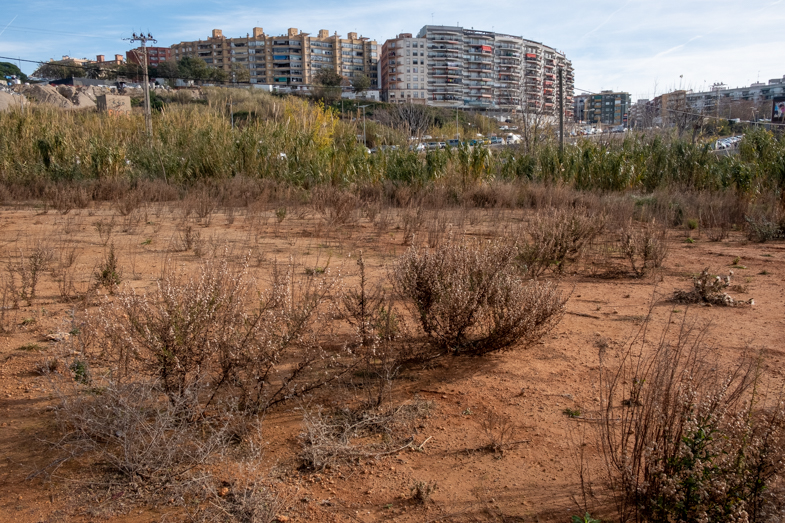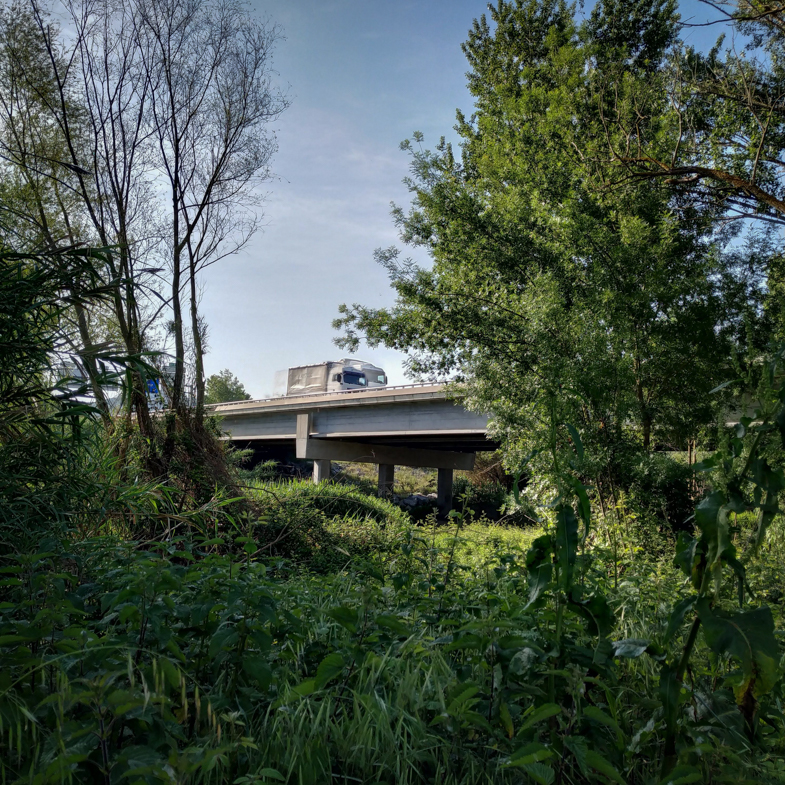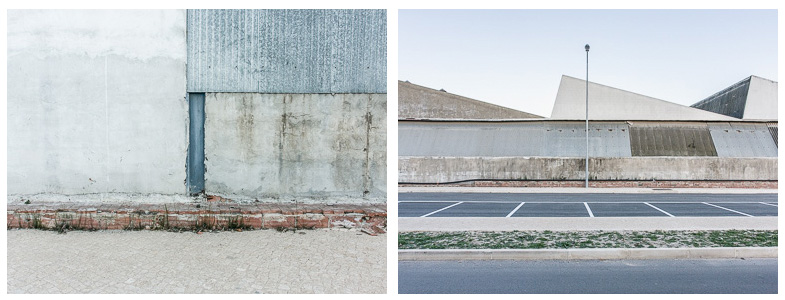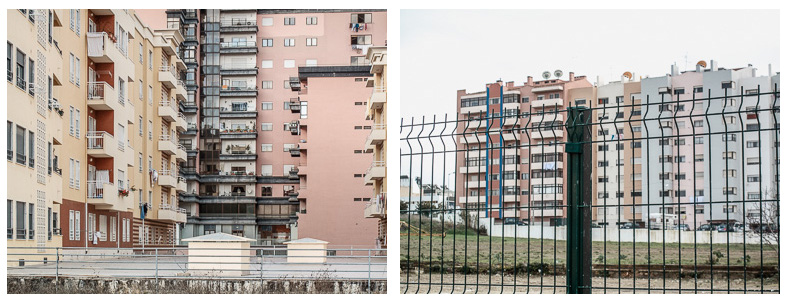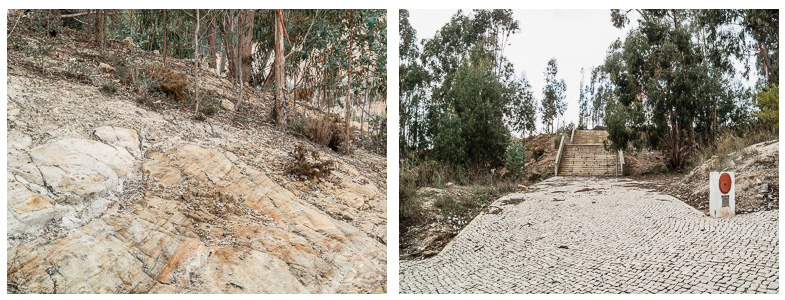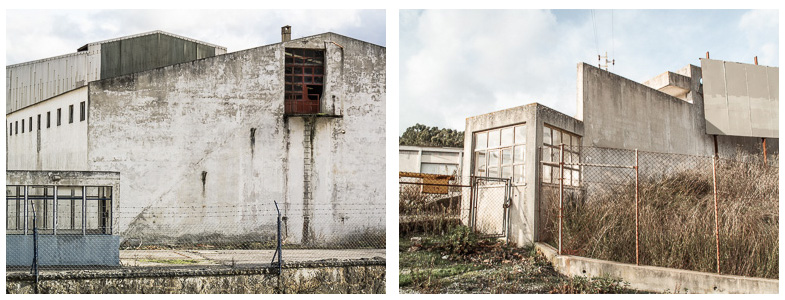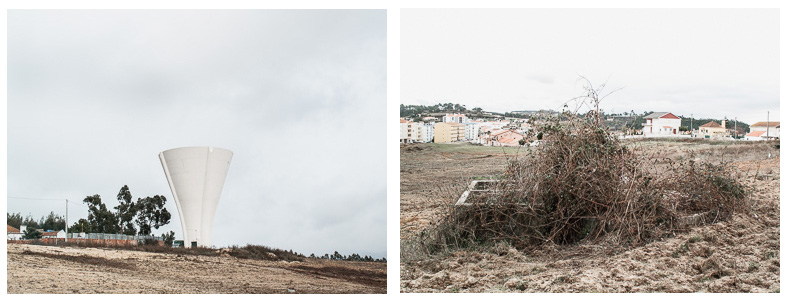“Your own photography is never enough. Every photographer who has lasted has depended on other people’s pictures too – photographs that may be public or private, serious or funny, but that carry with them a reminder of community.”
— Robert Adams
I started the New Landscape Photography blog 10 years ago today, and have published the work of almost 700 artists.
As people’s interests have moved from blogs and websites to social media, the submissions here have fallen off. I used to get three or four a week. Now I might get that many in three months. I’ve thought about stopping operations and just preserving the site as an archive. But my favorite part remains, though less frequent: the interactions with the artists who want to share their work with my readers.
Most work that I review is excellent. I select five images from the 10 submitted and sequence them. I take a more active role with the statements. I want them to be clear, inviting, personal and thoughtful. They usually are already. I’m impressed with the English-language skills of artists around the world, but sometimes a few tweaks are needed for clarity or accuracy.
Six years ago I created a Facebook chat group — also called New Landscape Photography. It has grown to about 3,500 members, with collegial sharing of images, questions and ideas. Though the location of activity has changed, it goes on. I know that I depend on other people’s pictures. And so I’ll also keep this blog going. Please let me know if you’d like to share work here.
The picture below is from my current project — investigating the 1,000-mile Finger Lakes Trail, a footpath that winds through much of New York State and its public forests. I’ve been exploring primarily on the run.
— Willson Cummer
